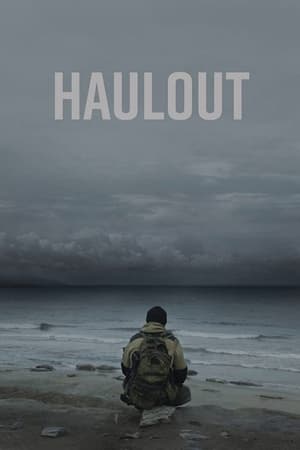
Haulout
In Chukota on the Siberian Arctic sea, a rusted old wreck sits abandoned on the beach. Nearby, we meet a lone scientist who has come to this remote location amidst the dense September fog to witness a natural phenomenon. Fortunately, he has the shelter of a wooden shack - for he must wait longer and look at books that depict what has gone on here in years gone by. He forages for fuel to keep out the encroaching chill on the wind. Still no sign. Then he is awoken from his sleep by a sound. The noise of an whole herd of walruses that have come to call. Well to breed on the beach actually - and they are crowding around his little hut twenty-deep. Their huge mass could reduce it to rubble in moments - but it's as if it's their beacon and they appear quite timid towards him... He heads to the roof and observes as they get on with their true purpose in being here - a bit of rutting, some showing off and some breeding! It's October and he reckons there are about 95,000 of them! He is essentially trapped inside so is reduced to scavenging old dog-ends to try and make a cigarette, and luckily they don't seem able to smell his tinned fish. What is increasingly worrying though is that here's no ice. Not a sign. Not even a snowflake. They need that to rest and feed. Without it, they cram onto the sand. Then, after forty-odd days, as if as to a call-to-arms, they start to head back to the open water and are mostly gone, save for what he estimates to be some 600 corpses left as pickings for the birds. It's now that his investigations begin in earnest. What led to their deaths? Malnutrition, exhaustion, over-crowding? Is this symptomatic of climate change affecting their food stocks and/or the water temperature? There's no narration, just the powerful photography to leave us asking our own questions about the sustainability of this ancient migratory procession.
